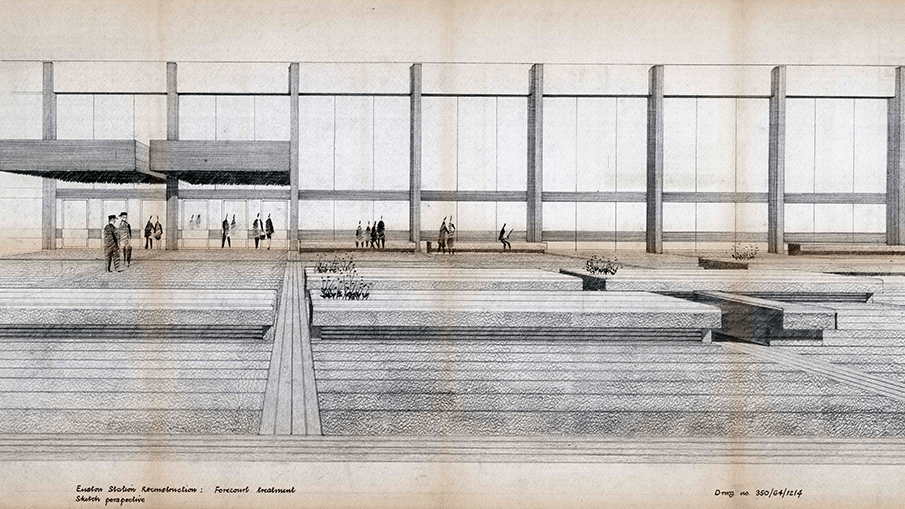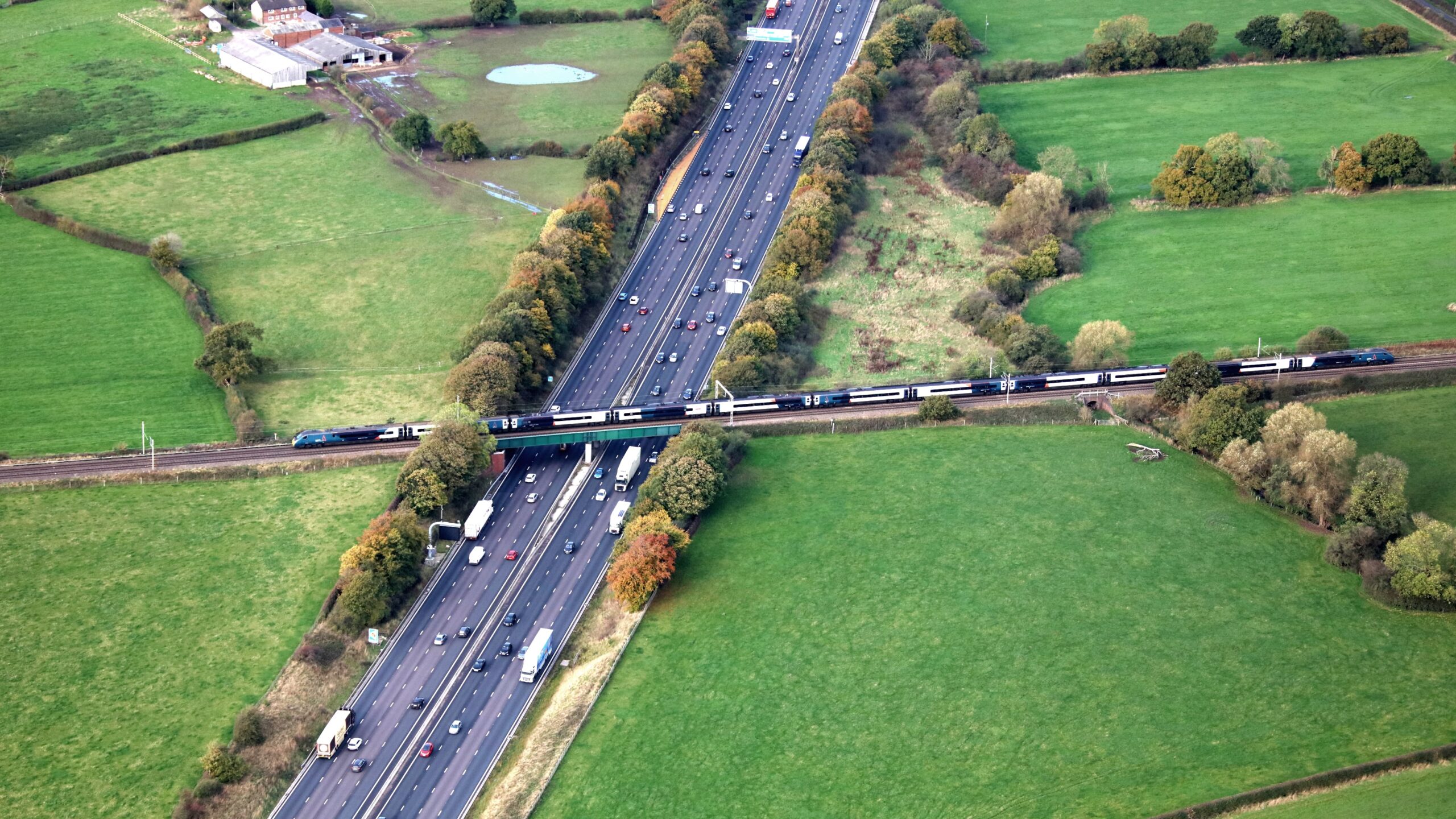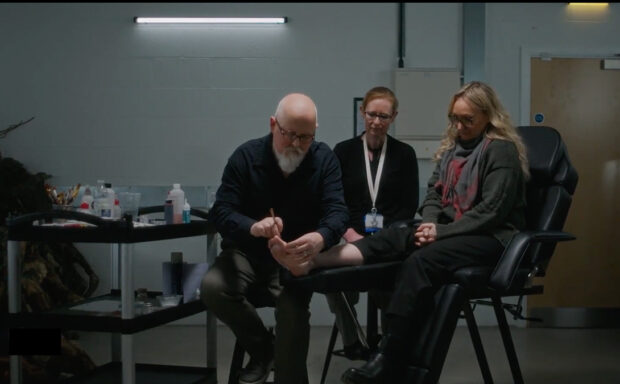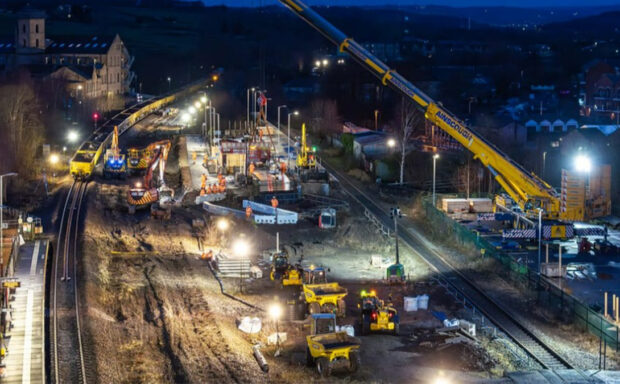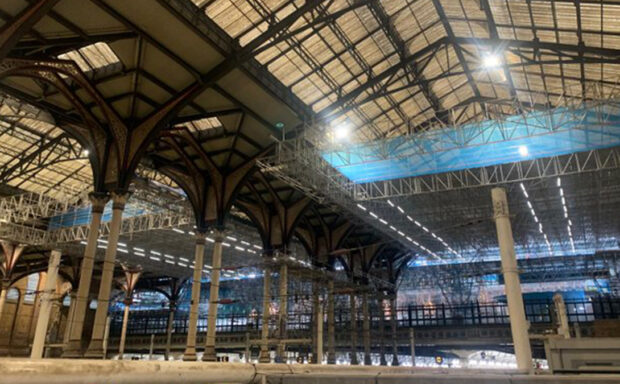On this day in 1837, London Euston station opened – heralding inter-city rail travel for the capital.
The Euston we see today is radically different to its original incarnation – it was completely rebuilt in conjunction with the electrification of the West Coast Main Line in the 1960s.
Here are five things you didn’t know about Britain’s sixth-busiest railway stations:
Building permission wasn’t for Euston at all!
The engineers of the line, George and Robert Stephenson, had always planned their London terminus for Euston Square but objections from landowners forced them to relocate it to Chalk Farm to get the bill passed.
With permission secured, George Stephenson stepped back from the project and his son Robert took charge as chief engineer.
By 1835 he had authorisation to build his terminus at Euston Square as originally planned, and a simple train shed was built with two platforms, one for arrivals and one for departures with tracks between to store carriages.

Its name can be traced to the Domesday Book
Euston was named after the family seat of the Dukes of Grafton, Euston Hall in Norfolk. Euston village was recorded in the Domesday Book in 1087.
Green and pleasant land
The site of Euston station was still farmland at the time of its proposal in 1833.
Passenger demand rapidly outgrew the original station
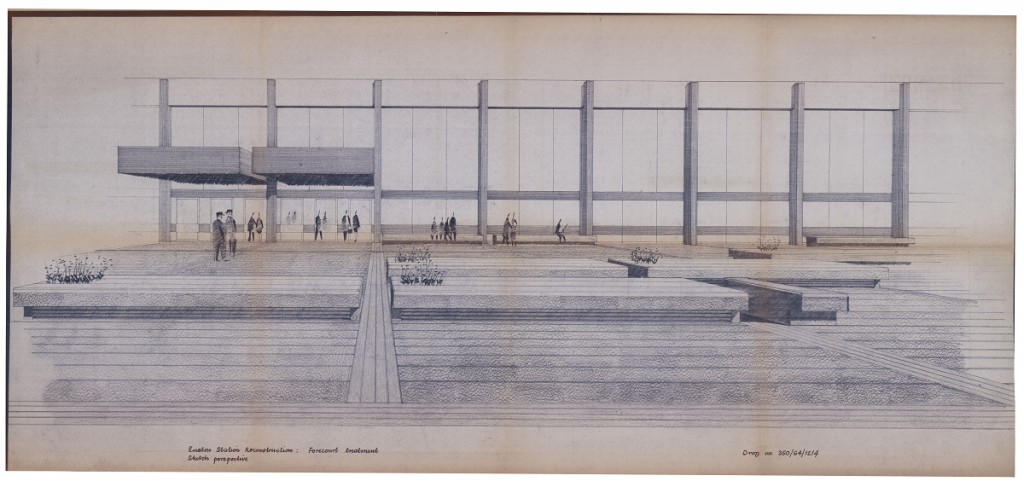
Euston became overcrowded by the early 1840s as lines from the Midlands and the North East used the station as their entrance to London.
The station began its first major expansion in 1846 and after the formation of the London & North Western Railway in the same year, the building work included the headquarters for the new company, which also formed the entrance to the station. Known as the ‘Great Hall’, it sat between the Doric Arch and the station platforms.
By the 1870s, passenger and parcel traffic had once more outgrown the capacity of the station. Two new platforms, additional service roads and an additional entrance were created.
By the 1890s, the terminus had been enlarged once more, with four more platforms being created, bringing the total to 15; 14 for passengers and one for parcels.
Network Rail is committed to preserving Euston’s remaining history
For example, the Railway Heritage Trust – funded by Network Rail – helped restore the lodges outside Euston station, which the public can enjoy today as a pair of craft beer pubs – Euston Tap. They’re run by craft beer wholesaler Pivovar.
Read the history of London Euston by clicking on the cross below:
Read more:
Preserving railway history: five things saved by Network Rail
Incredible Stephenson railway history rediscovered
WWII bomb-damaged signal box celebrates 120 years
